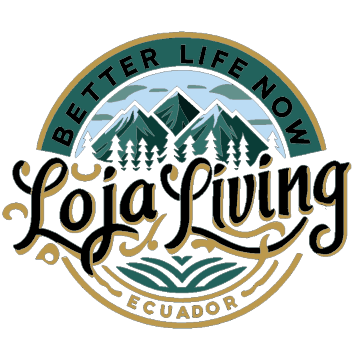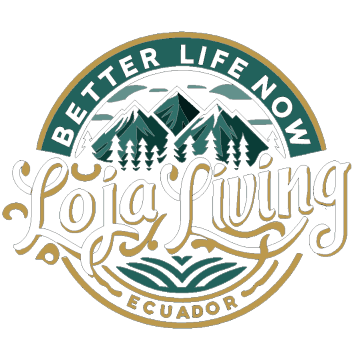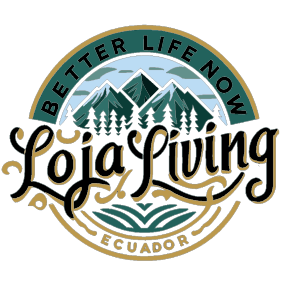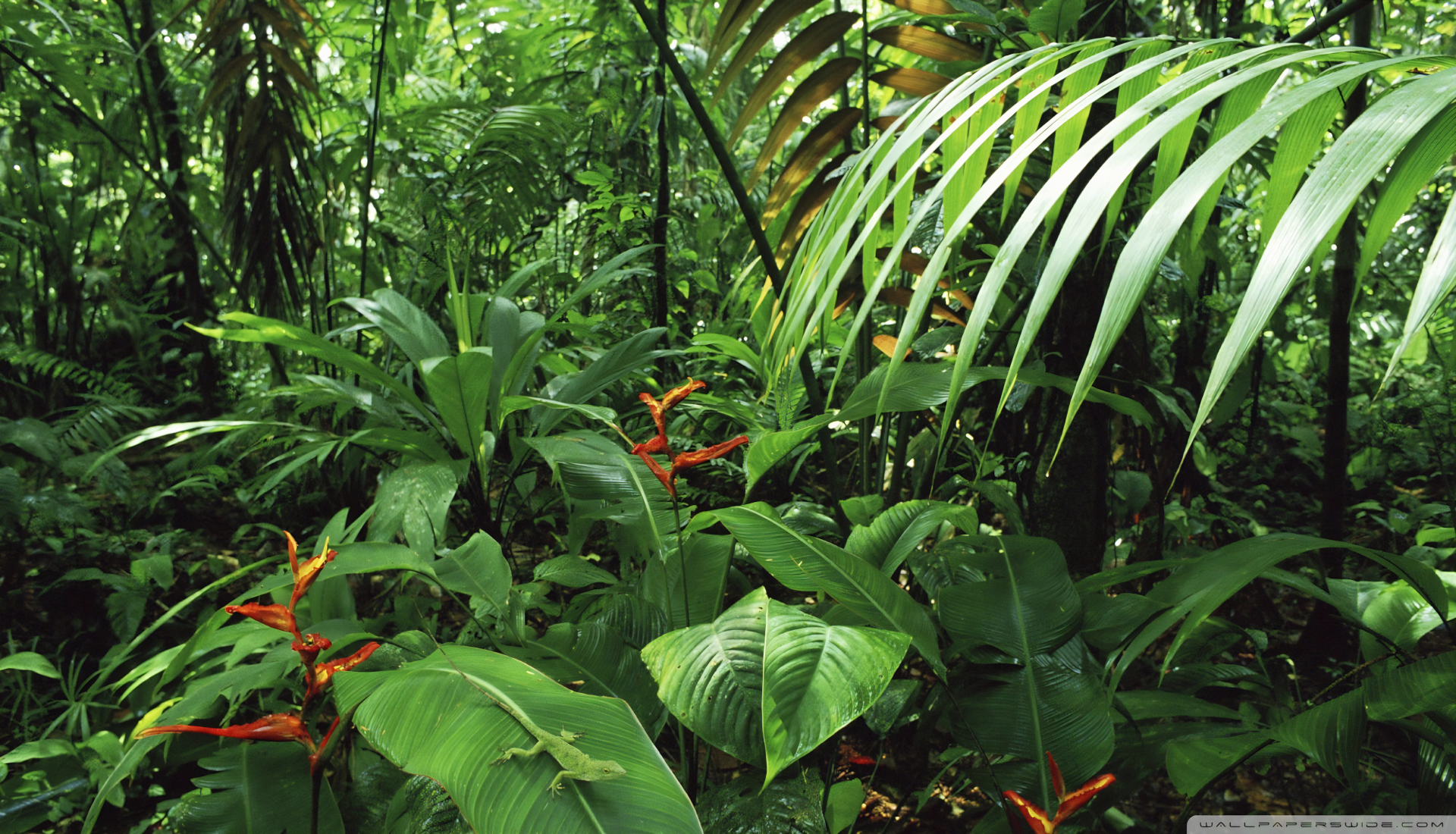Exploring the Rich Heritage and Vibrant Culture
Nestled in the heart of South America, Ecuador beckons with its rich tapestry of heritage and vibrant culture, a captivating blend of indigenous traditions, colonial influences, and modern innovations. From the mist-shrouded peaks of the Andes to the lush rainforests of the Amazon basin and the sun-kissed shores of the Pacific coast, Ecuador’s diverse landscape mirrors the diversity of its people and their storied past.
At the heart of Ecuadorian culture lies a deep reverence for the land, a connection forged over centuries of living in harmony with nature. Indigenous communities, such as the Quechua, Kichwa, and Shuar, continue to preserve their ancestral customs, languages, and spiritual beliefs, weaving a rich tapestry of traditions that shape the cultural identity of the nation. From vibrant festivals celebrating the harvest and solstices to intricate weaving patterns passed down through generations, indigenous heritage infuses every aspect of Ecuadorian life with color, vitality, and meaning.
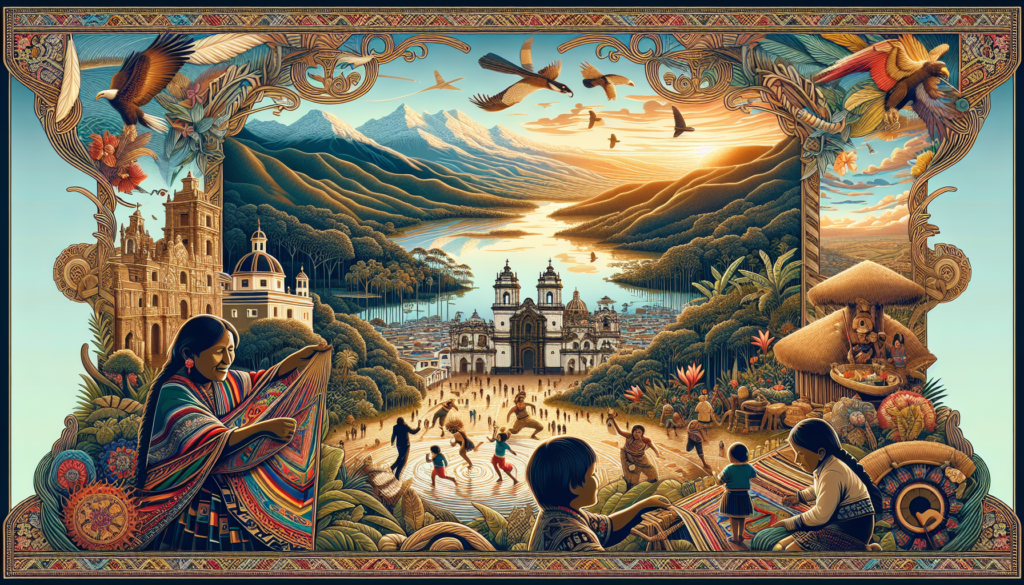
Yet, Ecuador’s cultural landscape is not confined to its indigenous roots alone. Centuries of Spanish colonial rule have left an indelible mark on the country, evident in its architecture, cuisine, and language. Colonial cities like Quito and Cuenca boast a wealth of well-preserved churches, convents, and plazas, showcasing exquisite Baroque and Moorish-inspired architecture that transports visitors back in time. Wander the cobblestone streets of Quito’s historic center, a UNESCO World Heritage Site, and marvel at the ornate facades of churches like the Iglesia de la Compañía de Jesús, adorned with intricate gold leaf and intricate wood carvings, testaments to the skill and craftsmanship of Ecuador’s colonial artisans.
Beyond its architectural splendor, Ecuador’s culinary scene reflects the fusion of indigenous and colonial influences, resulting in a diverse array of flavors and dishes that tantalize the taste buds. Sample traditional Andean delicacies like llapingachos (potato patties stuffed with cheese) and locro de papas (potato and cheese soup), or indulge in coastal specialties like ceviche (marinated seafood) and encebollado (fish stew), each dish a testament to Ecuador’s rich culinary heritage.
Ecuadorian culture is also deeply rooted in music, dance, and storytelling, with each region boasting its own unique rhythms and traditions. From the haunting melodies of the Andean flute to the lively beats of Afro-Ecuadorian drumming, music serves as a powerful expression of identity and heritage, uniting communities and celebrating life’s joys and sorrows. Traditional dances like the Sanjuanito, performed during festivals and celebrations, tell stories of love, harvest, and ancestral spirits, inviting spectators to join in the revelry and connect with Ecuador’s rich cultural legacy.
In addition to its indigenous and colonial influences, Ecuador’s cultural landscape is continually evolving, shaped by waves of immigration, globalization, and social change. Urban centers like Guayaquil and Quito buzz with energy and creativity, boasting vibrant arts scenes, innovative culinary experiences, and a burgeoning fashion industry that blends traditional craftsmanship with contemporary flair. Street art adorns the walls of neighborhoods like La Floresta in Quito, where local artists use murals and graffiti to express social commentary and cultural pride, transforming the urban landscape into an open-air gallery of creativity and self-expression.
Ecuador’s cultural heritage is not only preserved and celebrated within its borders but also shared with the world through festivals, exhibitions, and cultural exchanges that promote cross-cultural understanding and appreciation. Events like the Inti Raymi festival in June, which celebrates the Andean solstice with music, dance, and rituals, draw visitors from far and wide to witness the spectacle and immerse themselves in Ecuador’s rich cultural traditions. Likewise, museums like the Museo Nacional in Quito and the Museo del Banco Central in Cuenca offer visitors a glimpse into Ecuador’s past, showcasing archaeological artifacts, colonial art, and ethnographic collections that illuminate the country’s diverse cultural heritage.
In conclusion, Ecuador’s heritage and culture are as diverse and dynamic as the country itself, a tapestry woven from threads of indigenous traditions, colonial legacies, and contemporary innovations. From the misty highlands to the sun-drenched coast, Ecuador invites visitors to embark on a journey of discovery, where every step reveals a new facet of its rich cultural legacy. Whether exploring ancient ruins, savoring traditional flavors, or dancing to the rhythms of Andean music, travelers are sure to be captivated by Ecuador’s vibrant culture and timeless charm.
